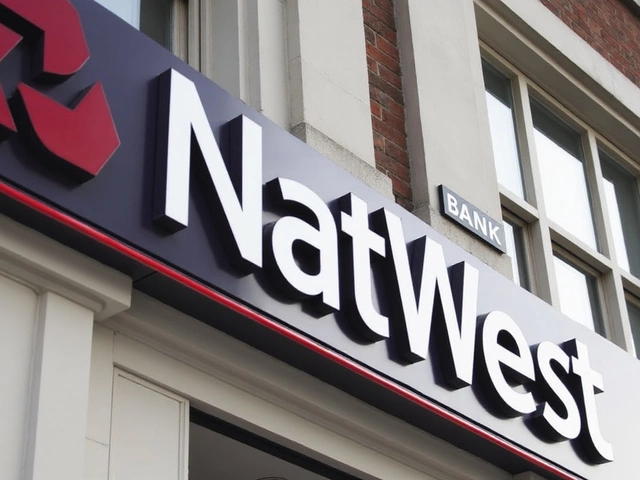Safety Car Rate – What It Is and Why You Should Care
When you watch a race and see the safety car zip around the track, you’ve just witnessed a metric that tells a lot about the event’s safety level. The safety car rate is the number of times a safety car is deployed per race or per 100 laps. It’s a quick snapshot of how often the race is interrupted for hazards, debris, or accidents.
How the Safety Car Rate Is Calculated
Calculating the rate is simple. Take the total safety‑car deployments in a race and divide that by the number of laps, then multiply by 100 to get a standardised figure. For example, if a 70‑lap Grand Prix sees three safety‑car periods, the safety car rate is (3 ÷ 70) × 100 ≈ 4.3. This lets teams compare races of different lengths on an even playing field.
Why the Rate Matters to Drivers, Teams, and Fans
Drivers hate unexpected slow‑downs because they break rhythm and can change race strategy. Teams use the safety car rate to plan fuel loads, tyre choices and pit stops. Fans get a sense of how chaotic or clean a race was – a high rate often means more crashes or debris, while a low rate suggests a smoother event.
Beyond the numbers, the safety car rate also highlights track design issues. Circuits with tight corners, poor runoff areas or tricky surfaces tend to have higher rates. Organisers pay close attention to these stats when deciding whether to tweak barriers, improve drainage or add more marshal stations.
Another factor is weather. Rain dramatically raises the safety car rate because slick conditions increase the chance of spins and accidents. That’s why you’ll see spikes in the rate during wet Grand Prix weekends.
So how can a race lower its safety car rate? First, better track maintenance – keeping the surface clean and free of loose gravel reduces incidents. Second, clear communication between race control and drivers helps avoid misunderstandings that could force a safety‑car deployment. Finally, stricter penalties for reckless driving encourage safer behaviour on the grid.
For fans trying to track the safety car rate, many race websites publish the raw numbers after each event. You can even calculate your own average for a season by adding up each race’s deployments and dividing by the total laps run.
In short, the safety car rate is a handy barometer of race safety, strategy and excitement. Whether you’re a driver tweaking a race plan, a team engineer managing resources, or a fan curious about the action, understanding this metric gives you a clearer picture of what’s really happening on the track.

As the F1 British Grand Prix nears, Verstappen leads the odds for both the podium and race win at Silverstone. Piastri and Norris trail close behind. Hamilton keeps his podium hopes alive with stellar Silverstone stats. Rain and a high safety car chance could shake up team strategies in this key round.
Continue Reading





